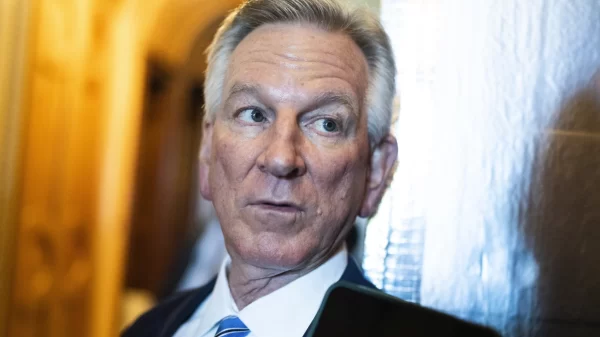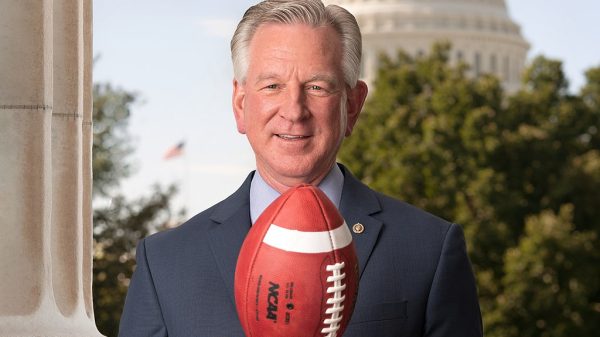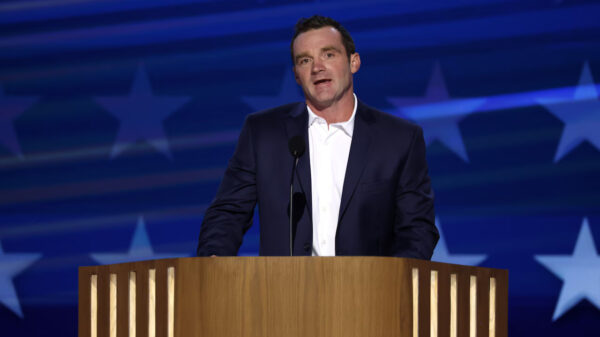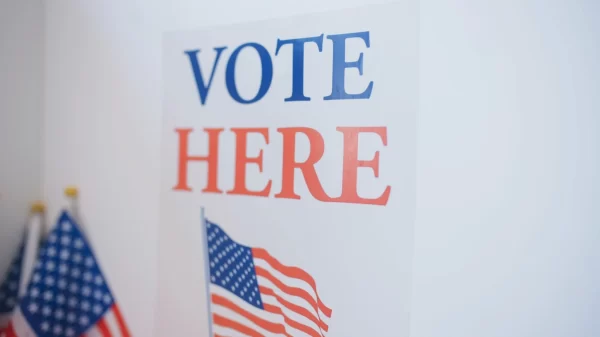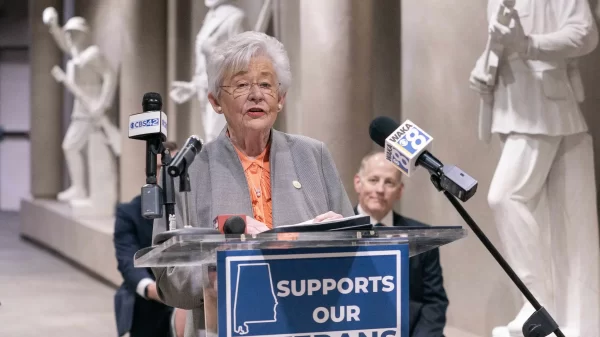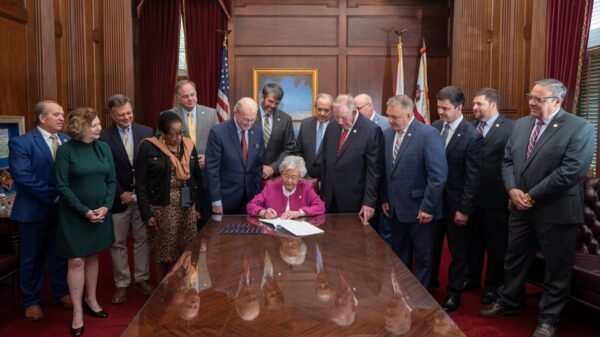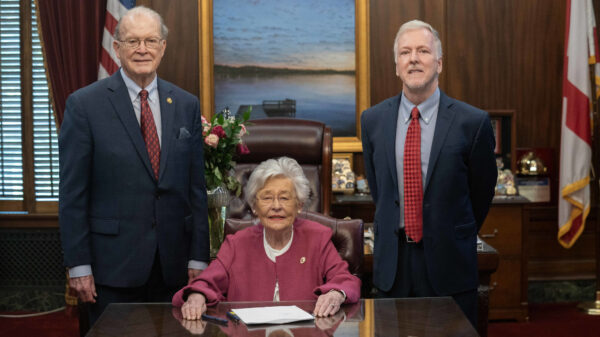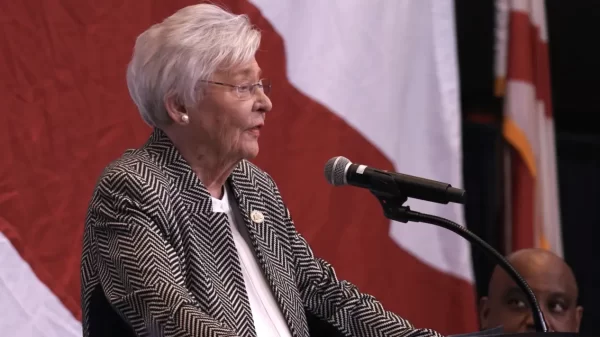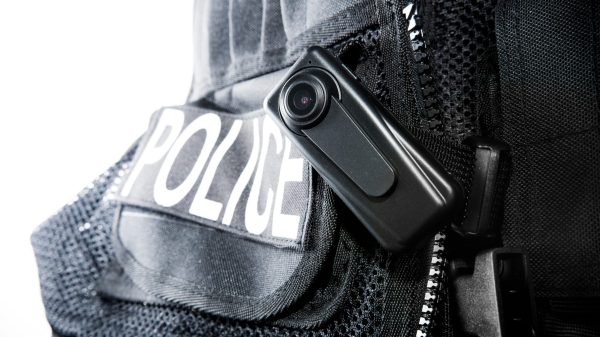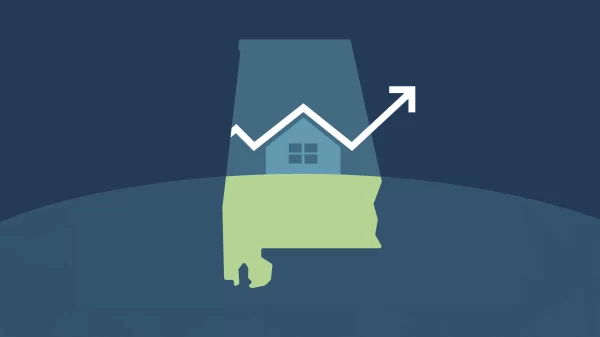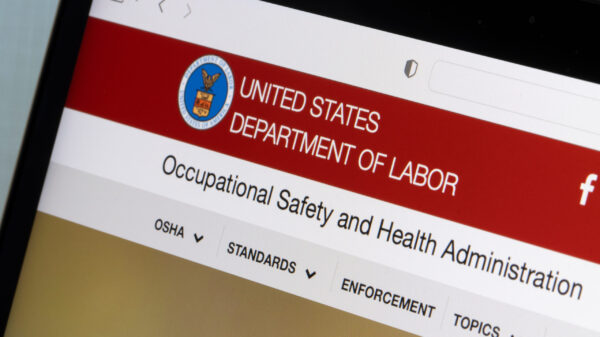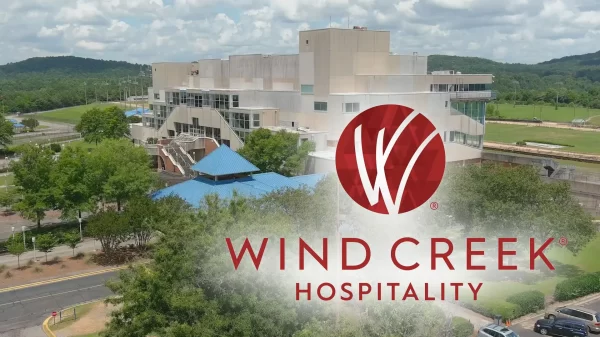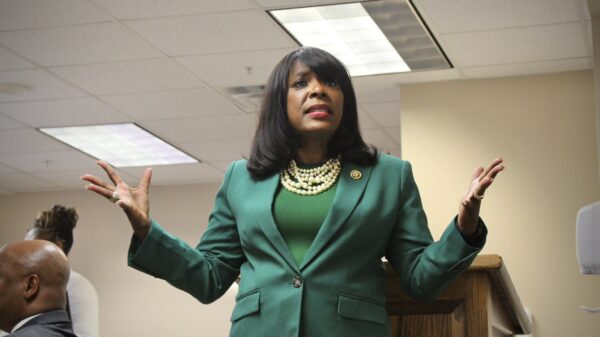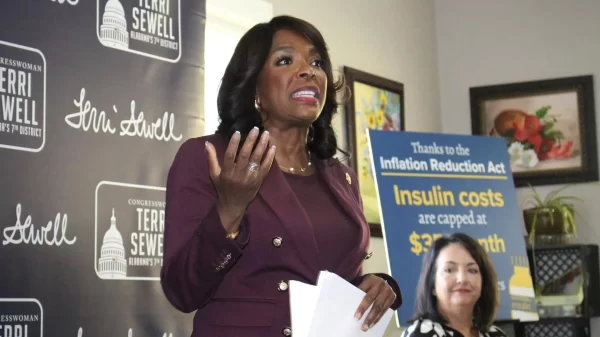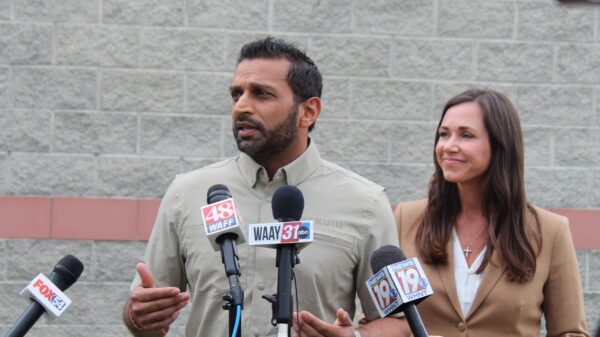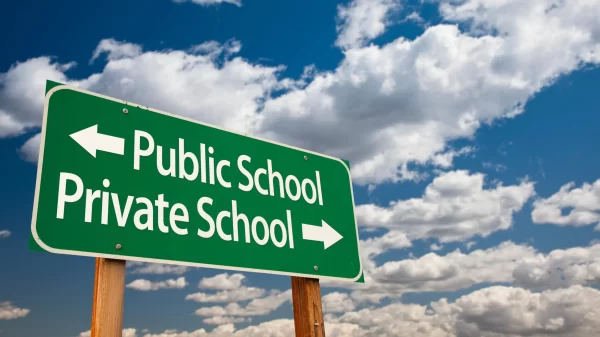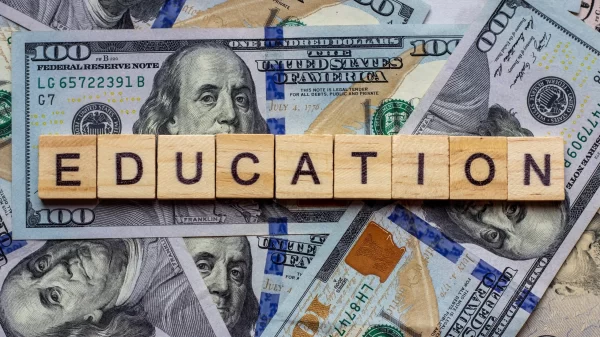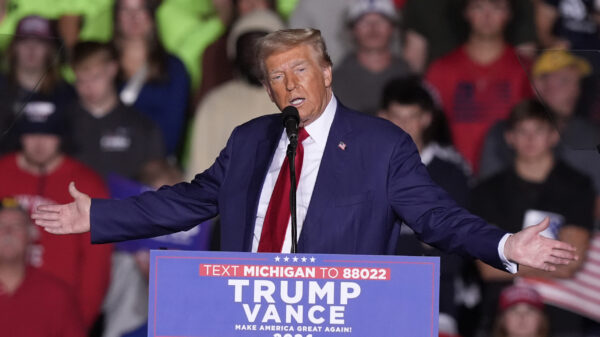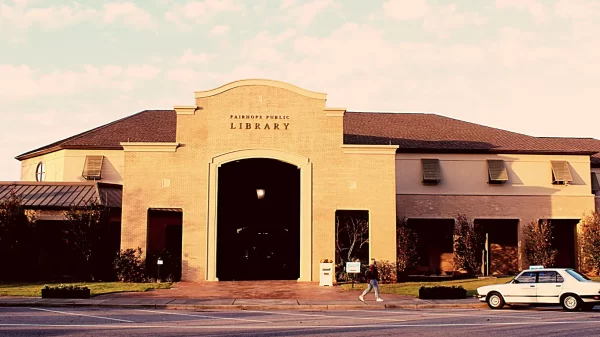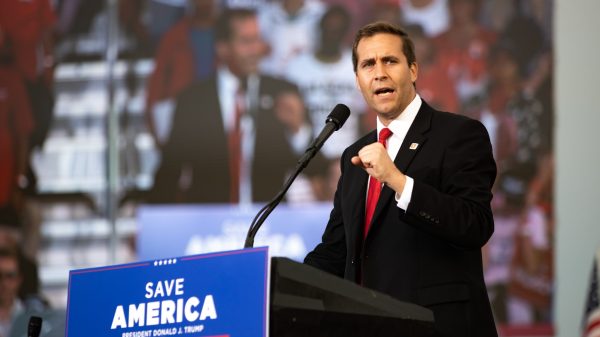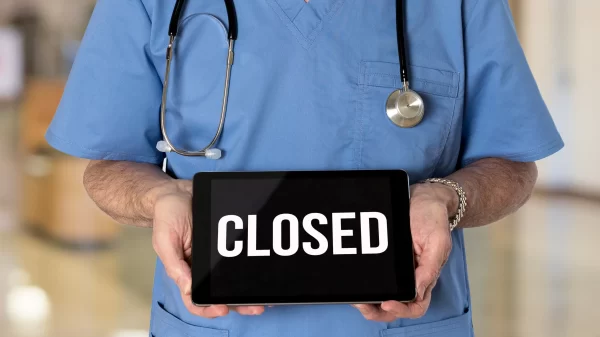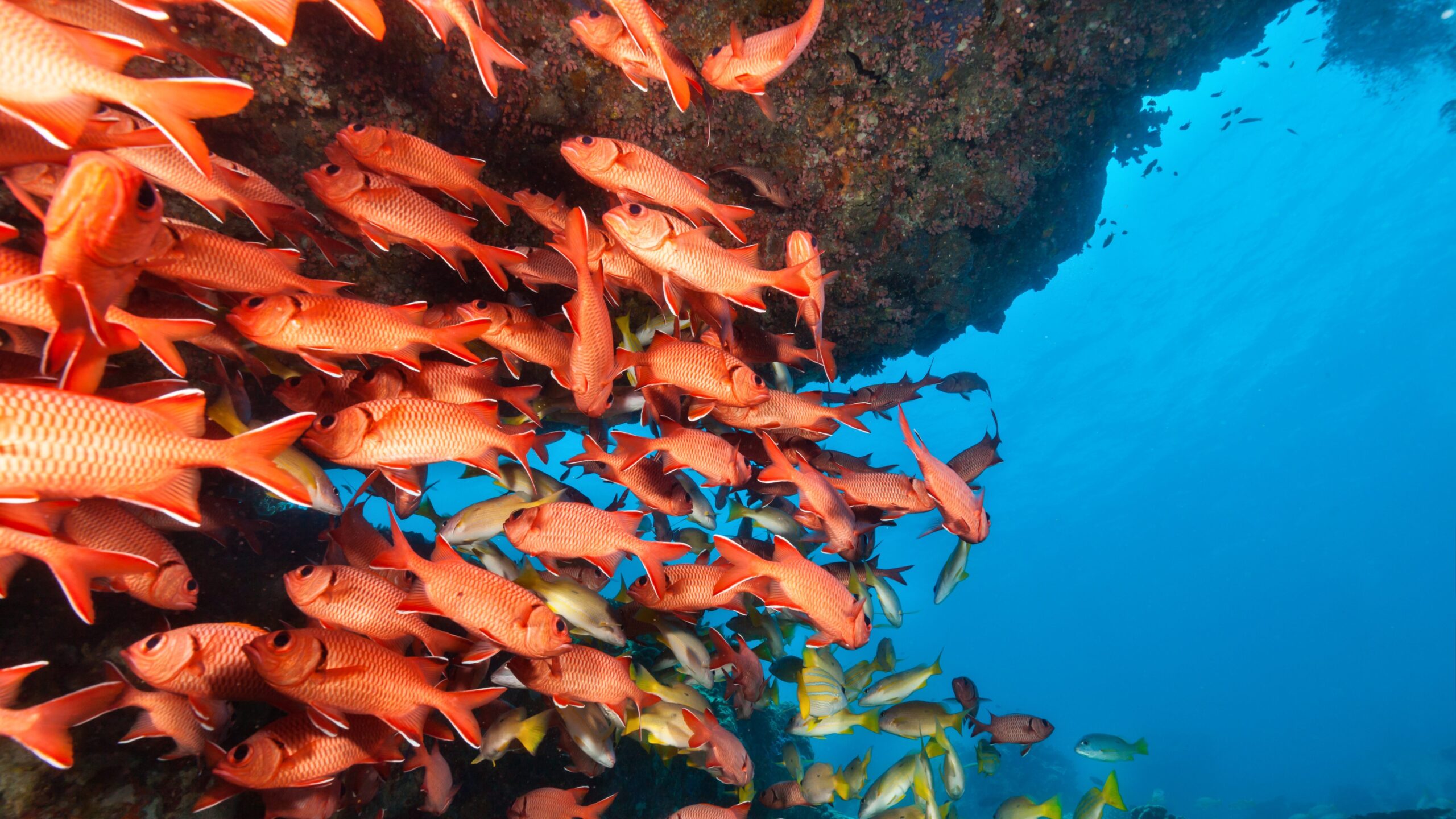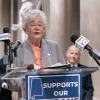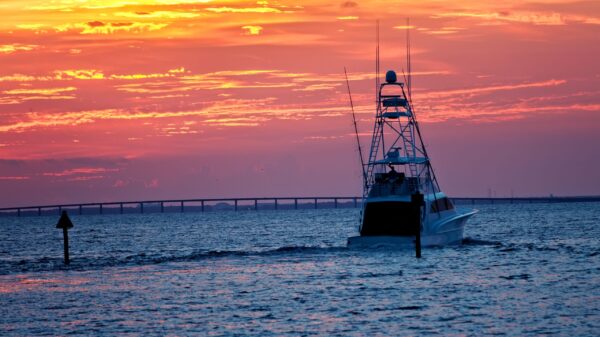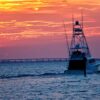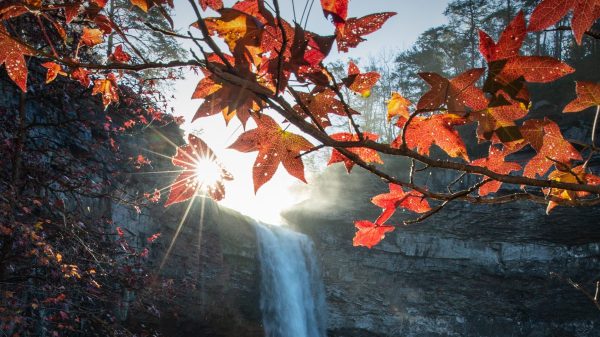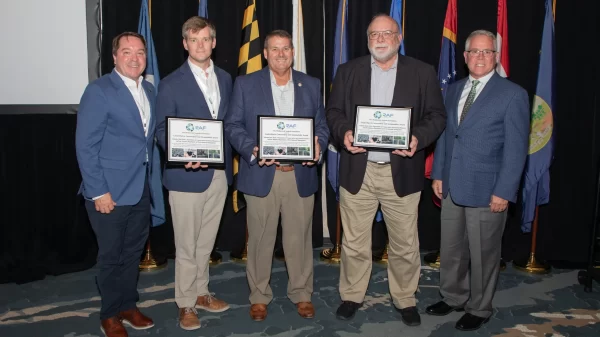The Alabama Department of Conservation and Natural Resources announced Tuesday that they have added two additional days of red snapper fishing for private anglers.
After completing a review of the 2019 private angler red snapper season through August 5, the Alabama Department of Conservation and Natural Resources determined that two additional days can be added to the private angler recreational season. The additional days will begin 12:01 a.m. on Saturday, August 31, 2019, and run until midnight on Sunday, September 1, 2019.
Under the Exempted Fishing Permit issued to the ADCNR Marine Resources Division by the National Marine Fisheries Service, MRD staff monitors red snapper landings during the season and may adjust the season length to provide maximum access to the resource for Alabama’s anglers while staying within the EFP quota on the number of the fish that may be harvested.
Landing estimates are derived from mandatory angler reports submitted through Alabama’s Snapper Check Program. That data show that anglers from private and state-licensed charter vessels have landed only about half of the EFP quota of red snapper as of July 14, 2019.
“In 2018, we had a run of unusually great weather in coastal Alabama that provided almost ideal fishing conditions,” said MRD Director Scott Bannon. “The 2019 season has been more typical of past years including several days with higher winds. Additionally, a full weekend of windy weather from Hurricane Barry limited fishing opportunities for anglers.”
“The benefit of state management is that we have a quota allocated to Alabama and can quickly adjust to changes in the recreational fishery in order to maintain sustainable harvest levels and provide the maximum fishing opportunities for our anglers,” said ADCNR Commissioner Chris Blankenship. “Anglers have done a better job of reporting their snapper this year. The increase in reporting reduces uncertainty for fisheries managers when making decisions about season length. Anglers are to be commended for their increased level of participation in the Snapper Check Program. I hope we continue to see higher rates of reporting in the coming years.”
Fishermen this month can catch both red snapper and greater amberjack.
“Anglers told us they would like to catch amberjack and red snapper at the same time,” Bannon said. “This year they will have that opportunity just before school begins. Anglers have also requested more weekdays, so we’ve added a Thursday and a Monday.”
Anglers are reminded that this only applies to private anglers. The federally permitted charter vessels are not under state management, and season extensions for charter vessels are made by the National Marine Fisheries Service.
The purpose of ADCNR is to promote wise stewardship, management and enjoyment of Alabama’s natural resources through four divisions — Marine Resources, State Lands, State Parks and Wildlife and Freshwater Fisheries.
Landing estimates are derived from mandatory angler reports submitted through Alabama’s Snapper Check Program.
The state is reminding anglers are reminded that greater amberjack is also available for voluntary reporting through the Snapper Check app.
Detailed red snapper landing information from the 2018 and 2019 seasons is available here.
The Alabama Department of Conservation and Natural Resources promotes wise stewardship, management and enjoyment of Alabama’s natural resources through four divisions: Marine Resources, State Lands, State Parks, and Wildlife and Freshwater Fisheries.

